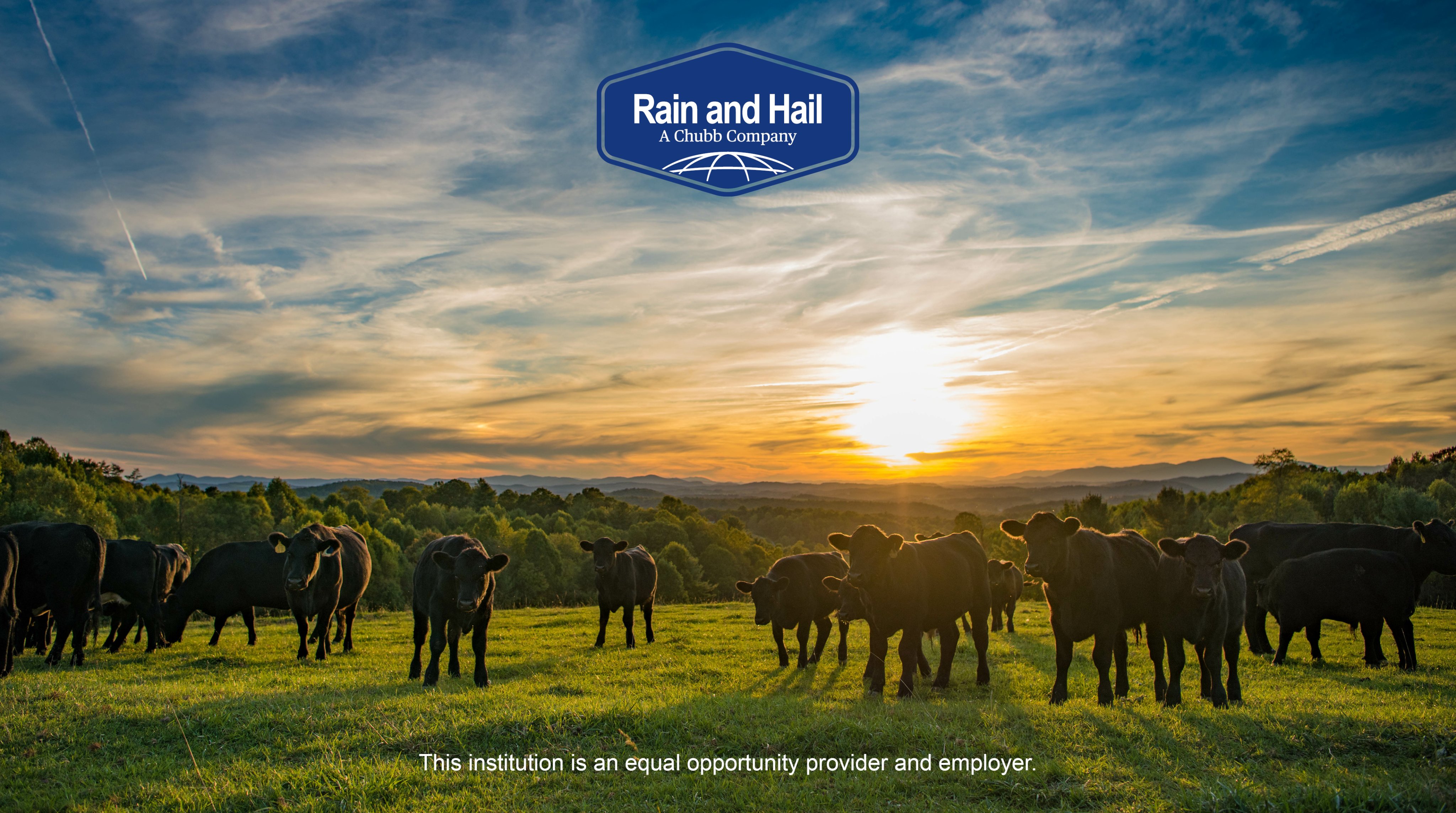Comprehending Animals Threat Security (LRP) Insurance Coverage: A Comprehensive Guide
Navigating the world of animals danger defense (LRP) insurance coverage can be a complex venture for numerous in the agricultural field. From exactly how LRP insurance coverage functions to the various protection choices available, there is much to reveal in this comprehensive guide that could possibly form the means livestock producers approach threat monitoring in their companies.

How LRP Insurance Coverage Works
Sometimes, comprehending the auto mechanics of Livestock Threat Defense (LRP) insurance coverage can be complex, but damaging down how it functions can give quality for ranchers and farmers. LRP insurance policy is a risk administration tool developed to shield animals producers against unexpected price decreases. It's crucial to note that LRP insurance policy is not an earnings guarantee; instead, it concentrates solely on cost threat security.
Eligibility and Coverage Options

When it concerns protection options, LRP insurance coverage offers producers the adaptability to pick the insurance coverage level, coverage duration, and endorsements that finest match their threat monitoring requirements. Insurance coverage levels generally range from 70% to 100% of the expected ending worth of the insured animals. Producers can likewise choose coverage periods that align with their manufacturing cycle, whether they are insuring feeder livestock, fed livestock, swine, or lamb. Endorsements such as price threat protection can better customize coverage to safeguard versus damaging market changes. By recognizing the eligibility standards and insurance coverage choices offered, animals producers can make enlightened decisions to handle danger properly.
Advantages And Disadvantages of LRP Insurance Policy
When examining Animals Danger Security (LRP) insurance, it is essential for animals manufacturers to weigh the advantages and disadvantages inherent in this threat administration tool.

One of the key advantages of LRP insurance coverage is its capacity to offer defense versus a decrease in animals prices. This can assist guard producers from monetary losses arising from market fluctuations. Furthermore, LRP insurance policy supplies a level of versatility, enabling manufacturers to tailor protection degrees and policy periods to match their details requirements. By securing a guaranteed cost for their livestock, producers can much better manage threat and strategy for the future.
One constraint of LRP insurance coverage is that it does not protect versus all types of threats, such as disease episodes or natural disasters. It is critical for manufacturers to carefully analyze their specific danger exposure and monetary scenario to establish if LRP insurance coverage is the right danger management device for their procedure.
Comprehending LRP Insurance Policy Premiums

Tips for Making Best Use Of LRP Conveniences
Taking full advantage of the advantages of Livestock Risk Defense (LRP) insurance coverage requires calculated preparation and proactive risk administration - Bagley Risk Management. To make the many of your LRP insurance coverage, consider the complying with suggestions:
Regularly Evaluate Market Problems: Keep educated concerning market trends and rate fluctuations in the you can try this out animals industry. By keeping an eye on these factors, you can make informed decisions about when to purchase LRP protection to safeguard against possible losses.
Establish Realistic Insurance Coverage Degrees: When choosing insurance coverage degrees, consider your manufacturing prices, market worth of animals, and prospective dangers - Bagley Risk Management. Setting reasonable protection levels guarantees that you are properly protected without overpaying for unneeded insurance coverage
Diversify Your Coverage: Rather than relying solely on LRP insurance coverage, think about diversifying your risk management approaches. Combining LRP with other threat administration tools such as futures agreements or options can give comprehensive insurance coverage versus market unpredictabilities.
Testimonial and Change Coverage On a regular basis: As market conditions change, occasionally review your LRP insurance coverage to ensure it straightens with your current threat direct exposure. Adjusting protection degrees and timing of purchases can aid enhance your threat protection strategy. By complying with these pointers, you can make the most of the advantages of LRP insurance coverage and safeguard your animals operation versus unexpected threats.
Verdict
Finally, livestock danger security (LRP) insurance is their website a useful device for farmers to manage the financial risks connected with their livestock procedures. By recognizing exactly how LRP functions, eligibility and coverage options, in addition to the advantages and disadvantages of this insurance policy, farmers can make enlightened decisions to secure their incomes. By meticulously thinking about LRP premiums and implementing methods to make the most of advantages, farmers can mitigate possible losses and make certain the sustainability of their operations.
Livestock producers interested in getting Animals Threat Protection (LRP) insurance can check out a variety of eligibility criteria and coverage options tailored to their specific livestock operations.When it comes to coverage alternatives, LRP insurance policy offers producers the versatility to choose the protection level, protection period, and endorsements that best suit their risk administration needs.To grasp the intricacies of Livestock Threat Defense (LRP) insurance coverage completely, comprehending the variables affecting LRP insurance coverage premiums is essential. LRP insurance coverage premiums are established by various components, consisting of the coverage level chosen, you can look here the anticipated cost of livestock at the end of the insurance coverage duration, the type of animals being insured, and the length of the coverage duration.Evaluation and Adjust Insurance Coverage Routinely: As market problems alter, occasionally evaluate your LRP insurance coverage to ensure it aligns with your existing danger exposure.